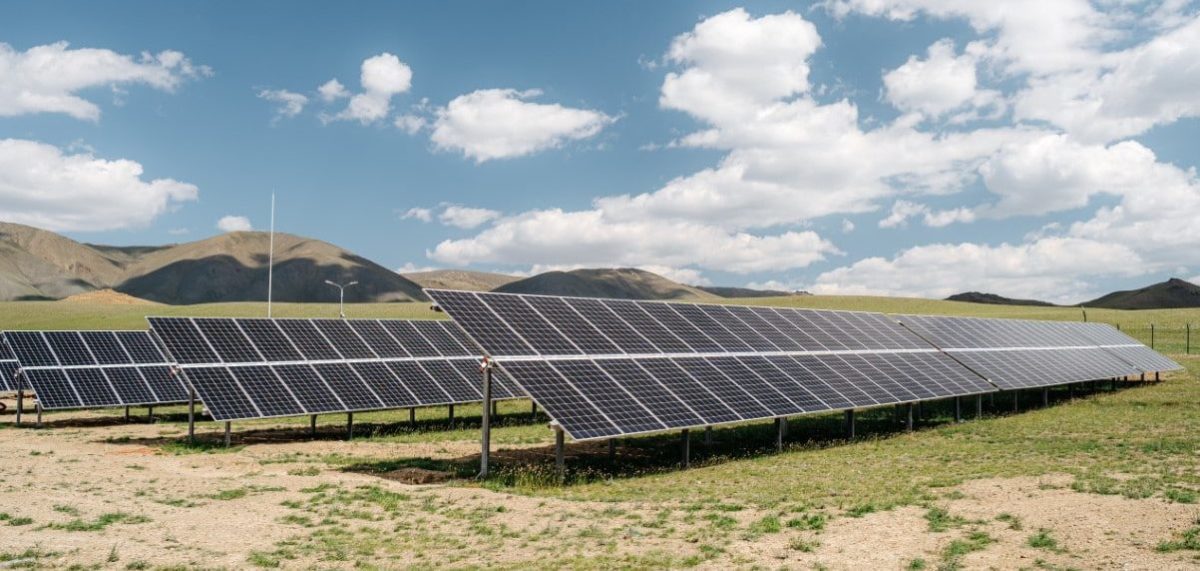From pv magazine Global
Researchers at Engie Laborelec, a unit of French energy giant Engie, have developed a new way to determine the levelised cost of hydrogen (LCOH) generated by alkaline electrolysers powered by offgrid, utility-scale solar power plants.
“The study is exclusively based on off-grid electrolysers as this is a use-case that we have experienced,” researcher Jonathan Lehmann told pv magazine. “In a grid-constrained environment, due to the cheap cost of PV electricity, powering up a 50 MW electrolyser with a 100 MW off-grid PV plant coupled to a battery might be cheaper than investing in a grid connection upgrade to purchasing electricity from the grid.”
The current LCOH produced from fossil fuels ranges between $1.34 and $2.4 per kg, depending on the technology and location. Solar-powered hydrogen may already compete with blue hydrogen in certain locations, according to the researchers – particularly in Australia, where an LCOH of $2.36 per kg is already considered achievable.
The researchers studied the LCOH impact of the data used to simulate the PV production. When designing a photovoltaic plant coupled to an electrolyser, the consideration of irradiance or hourly typical meteorological year (TMY) measurements does not accurately represent the dynamic behaviour of the plant. This can cause an underestimation of the power produced by the solar plant and, as a consequence, an overestimation of the LCOH.
Their analysis was conducted on a seven-month set of historical data from a 36 MW photovoltaic plant located in Brazil’s Rio Grande do Norte state. The LCOH was calculated using power production simulated by two different methods, both based on irradiance measurement.
One of the two methods is the system adviser model (SAM) developed by the U.S. Department of Energy’s National Renewable Energy Laboratory (NREL). This modelling software combines time-series weather data and system specifications to assess the electricity production of a renewable energy system.
The second method, described as a transfer function method, was developed by the Engie research group on a model conceived by researchers at the Universidad Pública de Navarra in Spain to assess PV plant variability. It purportedly can precisely simulate the output power of a PV facility from incident irradiance measurement by considering the plant itself as a low-pass filter in the frequency domain.
Indeed, short-term fluctuations of power production are caused by cloud passage. Because of the large spatial distribution of solar panels on a utility-scale PV plant, the impact of cloud passage on the power output is significantly lower than the impact of cloud passage on the irradiance measured by a single sensor. As a consequence, the power produced by a solar plant can be simulated from irradiance measurement by using a low-pass filter transfer function.
The researchers calculated the LCOH for alkaline electrolyser capacities from 0.1 to 1 times the DC capacity of the solar park. They assumed the inverters of the PV facility would be linked to the grid and that the grid connection would not be sufficient to power the electrolyser without additional onsite power generation. The cost of the PV plant was assumed to be €600 per kilowatt installed.
The SAM method underestimates the capacity factor of a project and as a result, it overestimates LCOH. The transfer function method, by contrast, more effectively determines the low pass filter nature of the solar plant and was closer to the values provided by the analysis conducted on historical power production.
“It was demonstrated that, with the hypothesis considered, the lowest LCOH were obtained for electrolyser sizes between 0.6 and 0.8 times the size of the PV plant,” Lehman explained. “On average, a LCOH 4.2% higher was obtained when using the transfer function method as compared to the historical power production whereas a LCOH 7.3% higher was calculated with SAM.”
The researchers noted that several aspects of the LCOH calculation, such as the price of the battery, were not included. This is because the study mainly focused on the power produced by the PV plant. They will soon conduct follow-up research. They described the novel methodology in “Levelized Cost of Hydrogen Calculation from Off-Grid Photovoltaic Plants Using Different Methods,” which was recently published in RRL Solar.
This content is protected by copyright and may not be reused. If you want to cooperate with us and would like to reuse some of our content, please contact: editors@pv-magazine.com.









3 comments
By submitting this form you agree to pv magazine using your data for the purposes of publishing your comment.
Your personal data will only be disclosed or otherwise transmitted to third parties for the purposes of spam filtering or if this is necessary for technical maintenance of the website. Any other transfer to third parties will not take place unless this is justified on the basis of applicable data protection regulations or if pv magazine is legally obliged to do so.
You may revoke this consent at any time with effect for the future, in which case your personal data will be deleted immediately. Otherwise, your data will be deleted if pv magazine has processed your request or the purpose of data storage is fulfilled.
Further information on data privacy can be found in our Data Protection Policy.